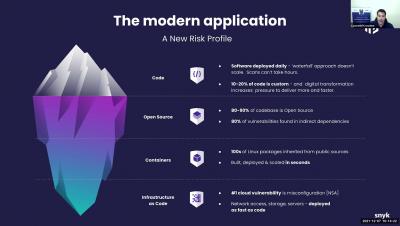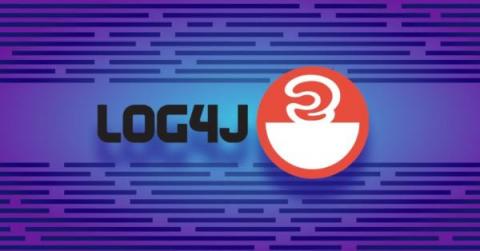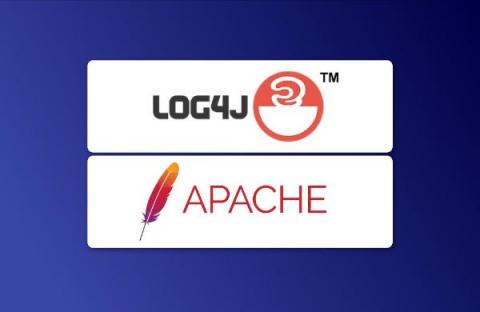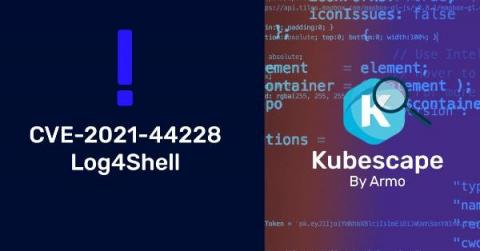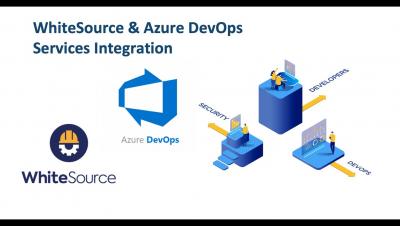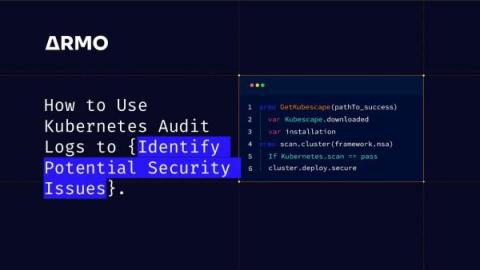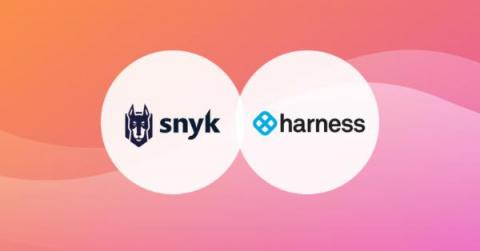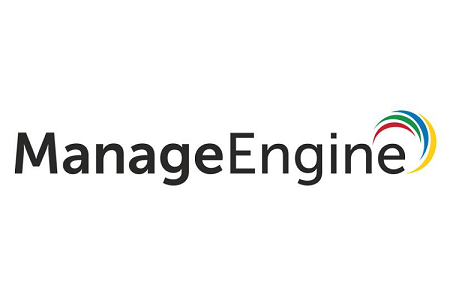Security | Threat Detection | Cyberattacks | DevSecOps | Compliance
DevOps
The Log4j vulnerability and its impact on software supply chain security
By now, you already know of — and are probably in the midst of remediating — the vulnerability that has come to be known as Log4Shell and identified as CVE-2021-44228. This is the vulnerability which security researchers disclosed on Friday (10 December 2021) for Apache’s Log4j logging framework. In this article, we’ll explore a few key Log4j facts as well as actions you can take to protect yourself and your company.
Log4j Log4Shell 0-Day Vulnerability: All You Need To Know
Last Thursday, a researcher from the Alibaba Cloud Security Team dropped a zero-day remote code execution exploit on Twitter, targeting the extremely popular log4j logging framework for Java (specifically, the 2.x branch called Log4j2). The vulnerability was originally discovered and reported to Apache by the Alibaba cloud security team on November 24th. MITRE assigned CVE-2021-44228 to this vulnerability, which has since been dubbed Log4Shell by security researchers.
Glide to JFrog DevSecOps with the New Experience
We’re excited to share with you that we have launched a completely new way to start using the JFrog DevOps Platform that you – as a developer – will love. We’ve provided a super-easy, developer-friendly path to discovering how Artifactory and Xray can help you produce safer apps, faster, getting started through the command line shell and IDE that you use every day.
New Log4j Vulnerability CVE-2021-44228: Info and Remediation
A newly published critical vulnerability in Apache’s widely popular Log4j Java library, CVE-2021-44228 (CVSS score 10) was published over the weekend, causing a lot of concern.
CVE-2021-44228 - Log4Shell - Vulnerability and its impact on Kubernetes
On Dec 9th, a critical zero-day vulnerability - CVE-2021-44228 - was announced concerning the Java logging framework - Log4j All current versions of log4j2 up to 2.14.1 are vulnerable. To remediate this vulnerability, please update to version 2.15.0 or later.
Azure DevOps Repository Integration
How to Use Kubernetes Audit Logs to Identify Potential Security Issues
Audit logging involves recording transactions and system events, making it an invaluable tool for regulatory compliance, digital forensics, and information security. In a typical Kubernetes ecosystem, auditing involves providing chronological, activity-relevant records documenting events and actions in a cluster. Modern logging tools come with aggregation and analytical functionalities so that teams can use log data to mitigate security threats.
Find and fix vulnerabilities in your CI/CD pipeline with Snyk and Harness
When DevOps emerged more than ten years ago, the main focus was to bridge the gaps between dev and ops teams. This was achieved by introducing automation to the processes of designing, building, testing, and deploying applications. But as development teams continue to deliver faster and more frequently, security teams find it difficult to keep up. Often, they become the bottleneck in the delivery pipeline.
Developing a risk-based approach to cybersecurity in the hybrid workforce model
The hybrid workforce model is a novel workplace trend that provides employees the freedom to work from their homes while occasionally reporting to their offices. At the onset of the COVID-19 pandemic, organizations all over the world were forced to adopt remote working, or work-from-home, as the new norm. However, as organizations are gradually beginning to accommodate employees in their office spaces, a blended workplace model has become indispensable.


